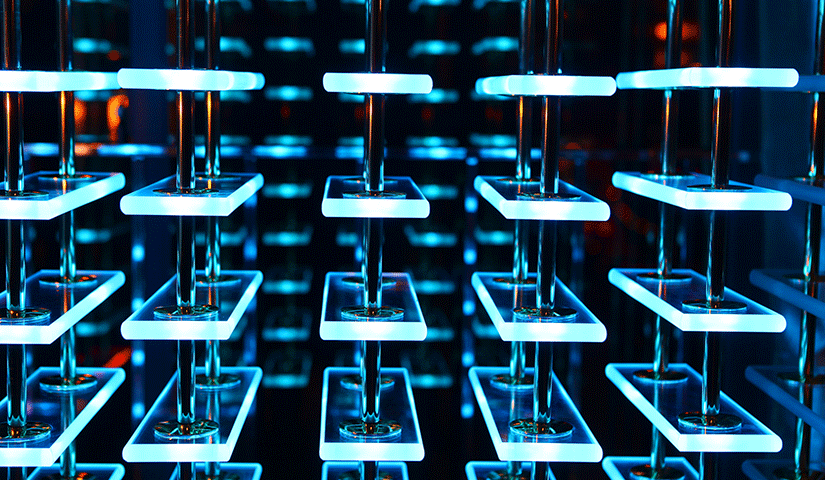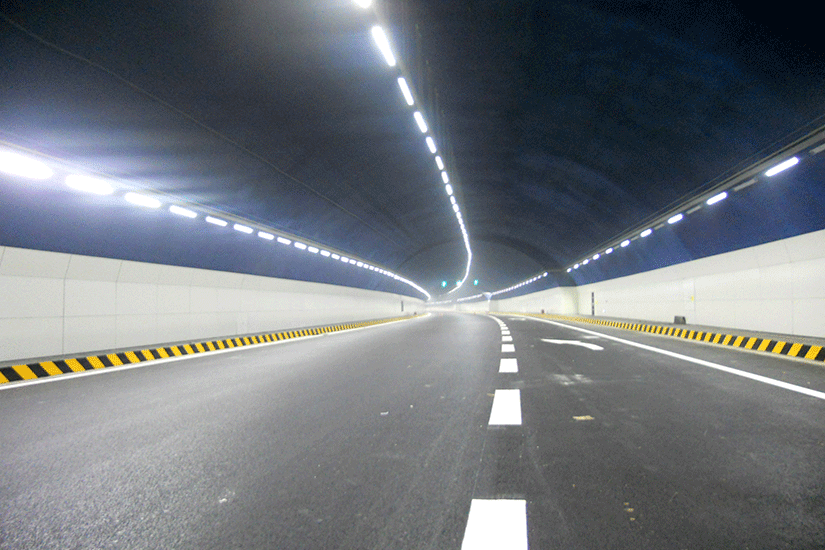Led Technology
Led Technology

Led Technology
The LED is a light source which uses semiconductors and electroluminescence to create light. There are two major kinds of light emitting diodes: LED and OLED. The LED is different than EL lamp in that it uses a small semiconductor crystal with reflectors and other parts to make the light brighter and focused into a single point. The OLED is very similar to the EL lamp in design, using a flat sandwich of materials. It is different than the LED and EL lamp in that it uses organic (carbon) molecules in the layer that emits light.
The LED as we know it has been around for over 50 years. The recent development of white LEDs is what has brought it into the public eye as a replacement for other white light sources.
LEDs create light by electroluminescence in a semiconductor material. Electroluminescence is the phenomenon of a material emitting light when electric current or an electric field is passed through it – this happens when electrons are sent through the material and fill electron holes. An electron hole exists where an atom lacks electrons (negatively charged) and therefore has a positive charge. Semiconductor materials like germanium or silicon can be “doped” to create and control the number of electron holes. Doping is the adding of other elements to the semiconductor material to change its properties. By doping a semiconductor you can make two separate types of semiconductors in the same crystal. The boundary between the two types is called a p-n junction. The junction only allows current to pass through it one way, this is why they are used as diodes. LEDs are made using p-n junctions. As electrons pass through one crystal to the other they fill electron holes. They emit photons (light). This is also how the semiconductor laser works.
Inventors and development
The early years of the 1960s consisted of a ‘race’ in the field of semiconductors. Gallium arsenide and germanium were some of the first semiconductors uses before silicon became the preferred material in the industry. Engineers were experimenting with p/n junctions. These devices were being developed as diodes since they can pass current in one direction by not the other. GE, Bell Labs,Lincoln Labs, RCA research labs, and Texas Instruments worked to develop semiconductors for power control and laser technology.
It was in this race that the LED was ‘discovered’ in the Fall of 1961 by James R. Biard and Gary Pittman. Gary had been working in the related field of solar cells since 1958. In their efforts to try to make an X-band GaAs varactor diode they created tunnel diodes (which had been developed first at Esaki). They placed the tunnel diode on a GaAs substrate and discovered that there must be light production going on during forward bias operation. Using an infrared detector just brought in from Japan they tested it and discovered that the devices lit up brightly!
Soon after this others made discoveries in the field, however TI was the first to get a patent and sell the first LED for $130 each. The SNX-100 was the first LED sold (summer of 1962). The LEDs were first used with IBM computers to replace tungsten bulbs that controlled punch card readers (infrared light was sent through the holes, or blocked by the card). Today there is a myriad of applications for the LED. (Source http://www.edisontechcenter.org/).



